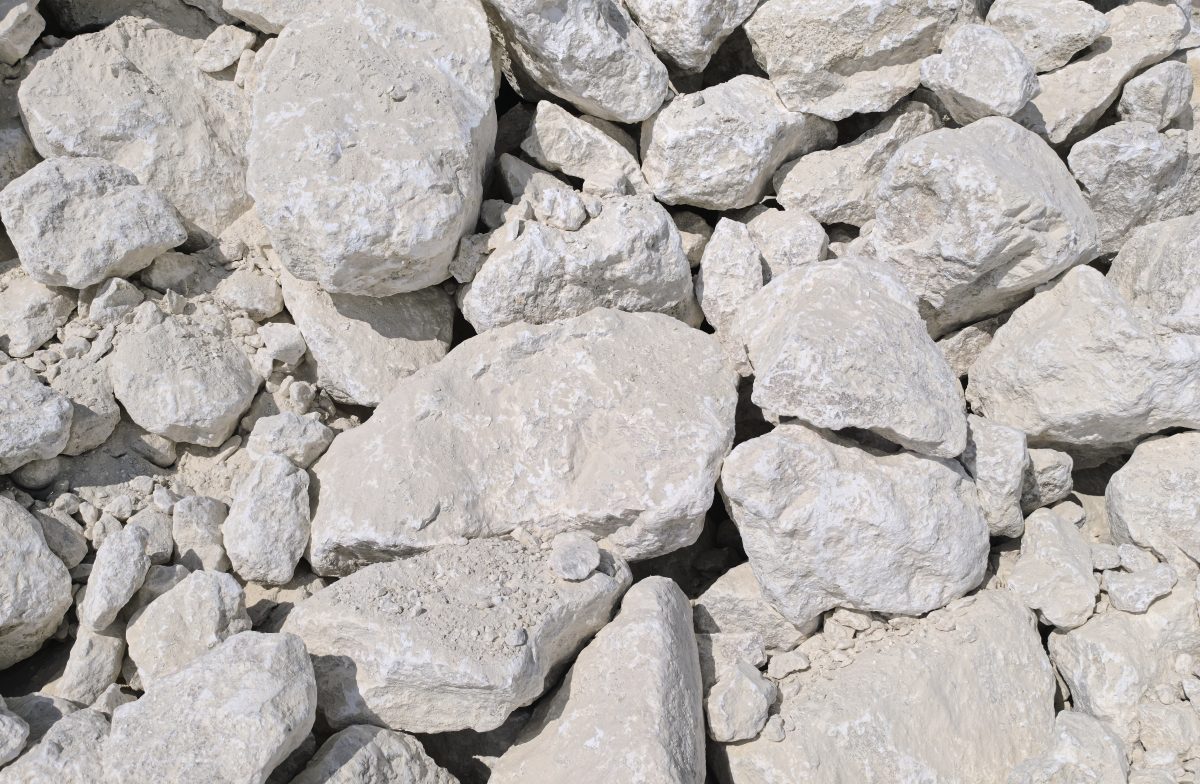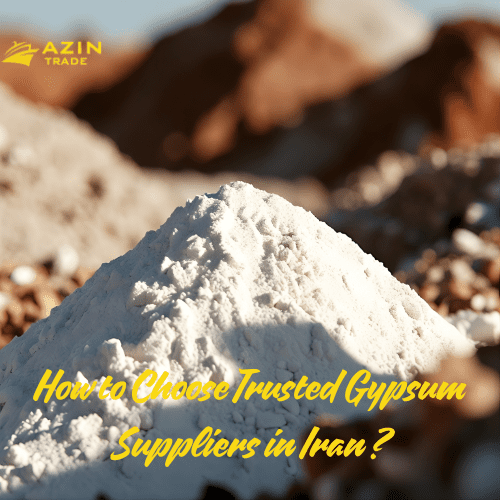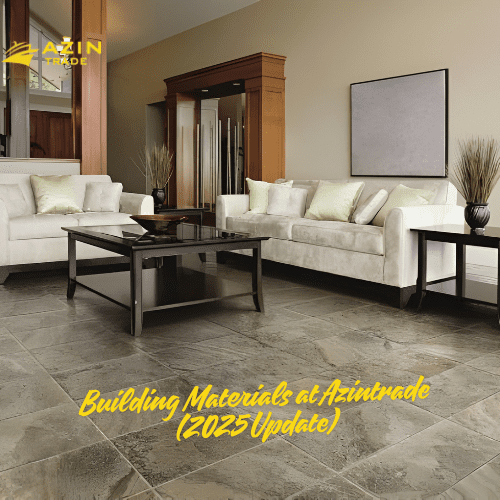Gypsum Stone
Why Iran’s Gypsum Stone Matters ?
Gypsum Stone is one of the most abundant and high-quality natural mineral resources in the Middle East. Known for its high purity and widespread availability, gypsum rock from Iran plays a crucial role in various industries—from construction and agriculture to decorative arts.
This comprehensive guide covers everything you need to know about Iranian gypsum rock: its properties, types, mining locations, industrial applications, export potential, and future prospects. For a global perspective, you can also refer to the USGS Gypsum Statistics and World Bank Mineral Production Database.
What Is Gypsum Stone?
Gypsum stone is a soft sulfate mineral composed of calcium sulfate dihydrate (CaSO₄·2H₂O). It forms through the evaporation of saline water in sedimentary basins. Its softness and water content make it ideal for processing into gypsum powder and other industrial products.
Learn more about technical standards of gypsum from the Gypsum Association.
Common Types of Gypsum Stone
- Regular Gypsum Stone – White or gray; used for producing construction plaster
- Alabaster – Translucent, fine-grained variety; used in art and decoration
- Satin Spar – Fibrous and silky in appearance
- Selenite – Clear and crystalline; used for ornamental purposes
Unique Qualities of Iran Gypsum Stone
Iran’s gypsum deposits are globally recognized for their high quality and purity. Some deposits contain over 95% pure gypsum, making them highly desirable for industrial use.
Check out global insights and trends in the gypsum industry at Global Gypsum Magazine.
Key Benefits:
- High whiteness and purity
- Low levels of toxic or heavy elements
- Soft texture for easy crushing and processing
- Uniform quality across deposits
- Cost-effective mining due to surface-level reserves
Major Gypsum Stone Mines in Iran
Iran has over 100 active gypsum mines, with the most significant deposits located in:
- Semnan – Known as the gypsum capital of Iran
- Fars – Especially the Darab region
- Yazd – Rich in alabaster varieties
- South Khorasan – Large, export-quality deposits
- Qom & Tehran Provinces – Close to processing facilities and transport networks
Gypsum Stone vs. Gypsum Powder: What’s the Difference?
| Feature | Gypsum Stone | Gypsum Powder |
|---|---|---|
| State | Raw, natural rock | Processed, powdered |
| Use | Raw material | Ready-to-use product |
| Export Type | Bulk, raw | Branded or packaged |
| Processing | Requires crushing and heating | Already processed |
| Applications | Industrial feedstock | Construction, agriculture |
Applications of Iran gypsum rock
Construction Materials
- Base material for plaster and drywall
- Cement additive to control setting time
Agriculture
- Improves saline or alkaline soils
- Provides calcium and sulfur for plant nutrition
Sculpture and Decorative Arts
- Alabaster and selenite used in handcrafts and sculptures
Industrial Use
- Feedstock for sulfuric acid and calcium-based chemicals
- Used in ceramic and glass production
Export Markets and Competitive Advantages
Iran exports raw gypsum rock to several countries, particularly those with limited domestic reserves.
You can find detailed export stats and trade maps at the International Trade Centre (ITC).
Top Export Destinations:
- Iraq
- Kuwait
- UAE
- Oman
- India
- Pakistan
- Afghanistan
Why Choose Iran Gypsum Stone?
- Proximity to major export markets
- High and consistent chemical purity
- Competitive mining and transportation costs
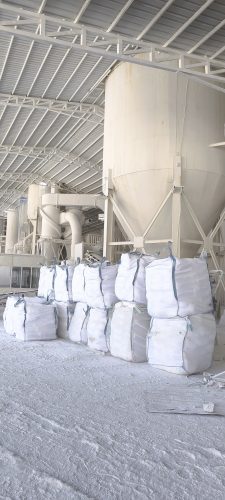
Export Trends: Gypsum Stone vs. Gypsum Powder (2020–2025)
Over the past six years, exports of both raw gypsum rock and processed gypsum powder have steadily increased.
You can also compare global production levels at Statista – Global Gypsum Production.
Export Value Comparison (in million USD):
| Year | Gypsum Stone | Gypsum Powder |
|---|---|---|
| 2020 | $50M | $15M |
| 2021 | $55M | $18M |
| 2022 | $60M | $22M |
| 2023 | $62M | $25M |
| 2024 | $66M | $30M |
| 2025 | $70M | $34M |
Analysis & Implication
- gypsum rock exports rose to $70M in 2025, a 40% increase from 2020.
- Gypsum powder exports more than doubled, reaching $34M.
- The shift toward value-added powder exports reflects growing investment in local processing.
If this trend continues, gypsum powder exports may soon match or even surpass raw stone exports.
Industry Challenges and Opportunities
Challenges:
- Overdependence on raw material exports
- Outdated mining and logistics infrastructure
- Environmental impacts from uncontrolled extraction
Opportunities:
- Investment in on-site gypsum processing plants
- Development of value-added products like prefab panels
- Expansion into new markets in Africa and Southeast Asia
- Promotion of sustainable mining practices
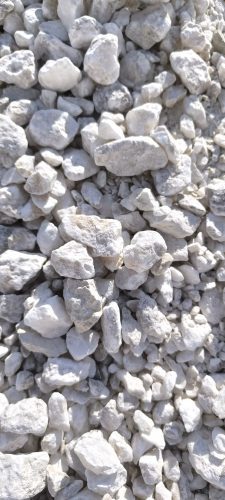
Conclusion: A Strategic Yet Underutilized Asset
Iran gypsum rock is more than just a construction material—it is a strategic natural asset. With improved investment in technology, branding, and global collaboration, Iran is poised to become a global leader in gypsum-based solutions.

